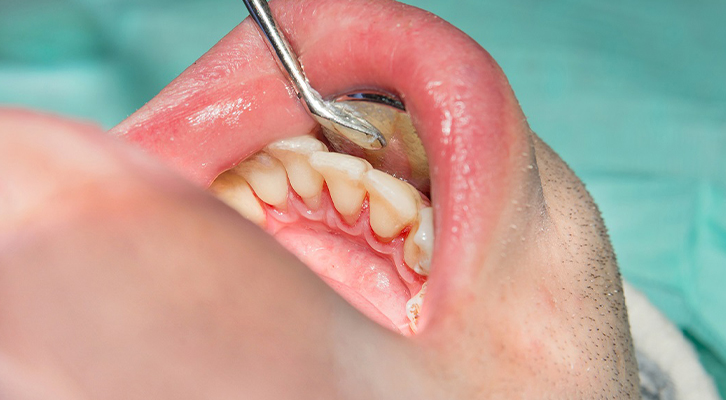Bone and Soft Tissue Grafting Treatment in Bibwewadi

What are many causes of Bone and Soft Tissues
There are situations when bone or soft tissue bone or soft tissue has been lost from the face and jaws, whether it be from trauma, infection, or age. In some cases we need to replace these missing tissues to restore function and/or aesthetics. This process is referred to as grafting..
Reasons for Bone Grafts
Bone grafting is a highly successful procedure in most cases. It is also a preferable alternative to having missing teeth, diseased teeth, or tooth deformities. Bone grafting can increase the height or width of the jawbone and fill in voids and defects in the bone. There are essentially two basic ways in which bone grafting can positively impact the health and stability of the teet
Types of Grafting Procedures
Reversing bone and soft tissue deterioration wherever we need to. There are many grafting procedures that we can perform:
Major and minor bone grafting
Generally performed at the site of your new tooth or teeth. We differentiate minor and major bone grafting by the amount of bone that you need added.
Sinus lift
Behind your cheeks and above your upper teeth are empty spaces called sinuses. The roots of your upper teeth come quite close to the floor of these sinuses. If you lose these teeth, the bone on the floor of the sinus will deteriorate.
Soft tissue grafting
If your gums lack tissue and your implant remains exposed after placing your crown or fixed bridge, we can add tissue to build your gums up and improve their appearance